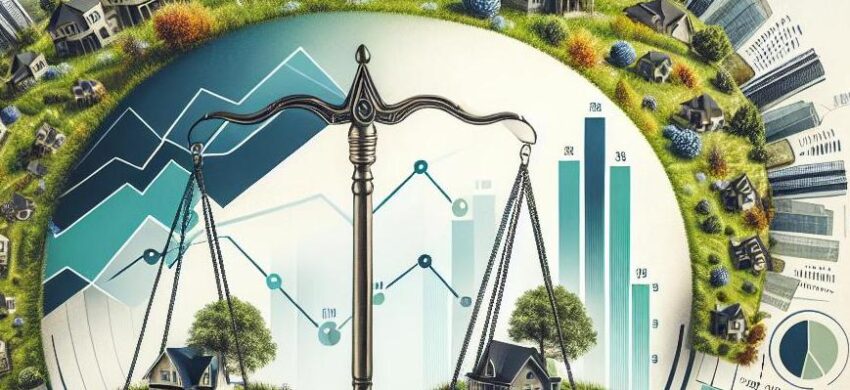Case Studies in Highest and Best Use
Case studies in highest and best use analysis provide valuable insights into how properties can be optimally utilized to achieve maximum value. By examining real-world examples, appraisers, developers, and investors can better understand the application of this concept in various contexts.
Case Study 1: Urban Redevelopment
An underutilized industrial site in a growing city was initially zoned for manufacturing. However, as the city’s population increased and demand for housing and commercial spaces grew, the property’s highest and best use shifted. A thorough analysis revealed that converting the industrial site into a mixed-use development, combining residential units, retail spaces, and office buildings, would yield the highest value. The redevelopment project not only maximized the property’s value but also revitalized the neighborhood, attracting new businesses and residents.
Case Study 2: Agricultural Land Conversion
A large parcel of agricultural land on the outskirts of a suburban area was losing its profitability due to changing market conditions and increased operational costs. The highest and best use analysis considered the land’s proximity to expanding residential zones, its size, and accessibility. It was determined that converting the land into a residential community with parks and recreational facilities would be more profitable. This transformation not only provided much-needed housing but also preserved green spaces, enhancing the area’s appeal.
Case Study 3: Historic Building Preservation
A historic building in the city center was facing demolition due to its deteriorated condition and perceived lack of utility. However, a highest and best use analysis identified its potential for adaptive reuse. By renovating and repurposing the building as a boutique hotel and event space, the project preserved the architectural heritage while meeting modern market demands. The restored building became a landmark, boosting tourism and local business.
Case Study 4: Suburban Office Park Reimagined
An outdated suburban office park was struggling with high vacancy rates as businesses moved to more modern facilities. The highest and best use analysis proposed redeveloping the site into a mixed-use complex with residential units, coworking spaces, retail stores, and leisure amenities. This new approach attracted a diverse group of tenants and residents, creating a vibrant community hub that significantly increased the property’s value.
Case Study 5: Waterfront Development
A neglected waterfront area in a coastal city had great potential but was underutilized due to zoning restrictions and environmental concerns. The highest and best use analysis took into account the scenic location, tourism potential, and regulatory challenges. By collaborating with local authorities to amend zoning laws and implementing sustainable development practices, the area was transformed into a bustling waterfront district with hotels, restaurants, and recreational facilities. This project not only maximized the site’s value but also promoted sustainable urban development.
These case studies highlight the importance of highest and best use analysis in identifying the most advantageous use of properties. By considering physical possibilities, legal constraints, financial feasibility, and market demand, stakeholders can make informed decisions that enhance property values and contribute to the overall growth and development of communities.
 |
 |
 |


